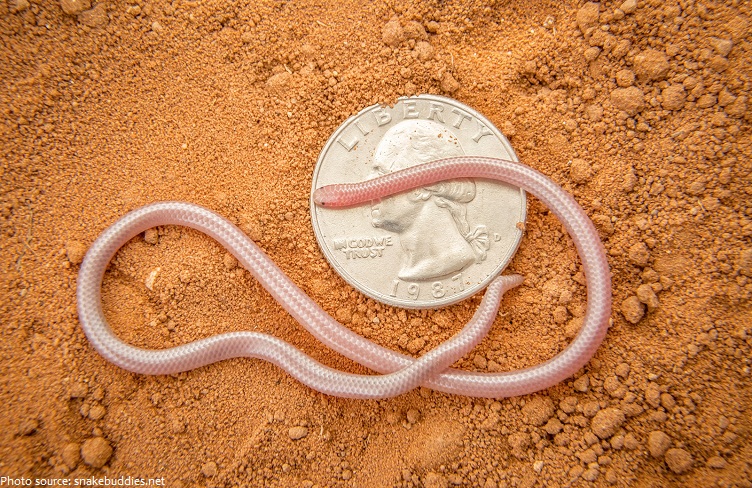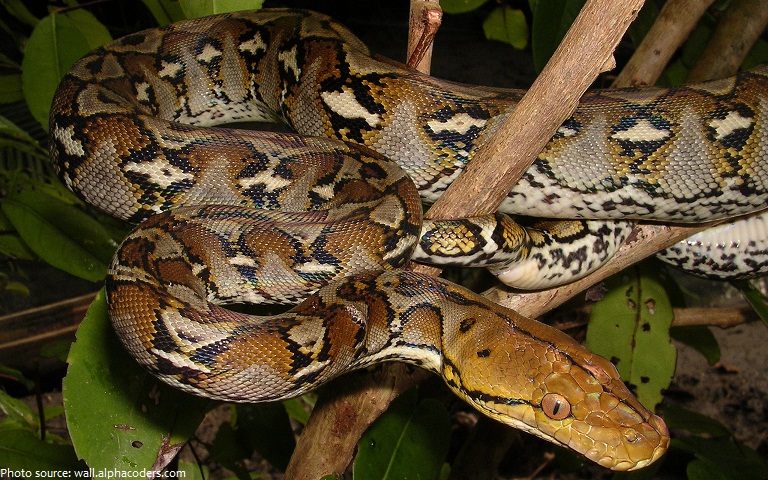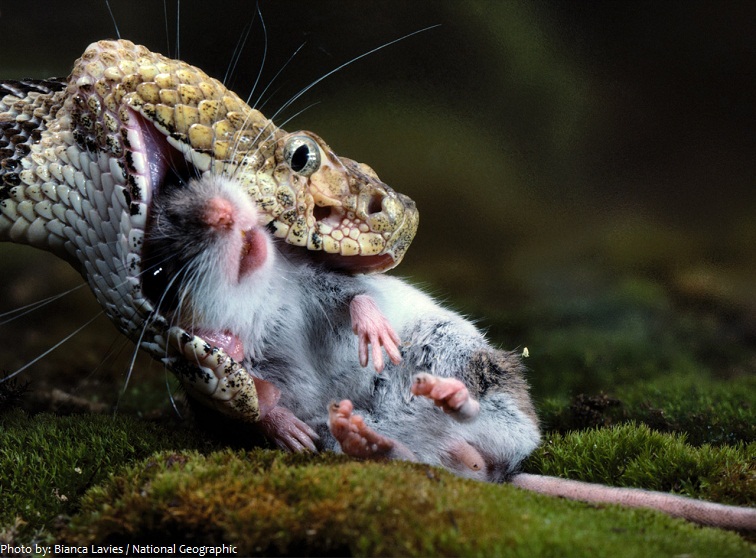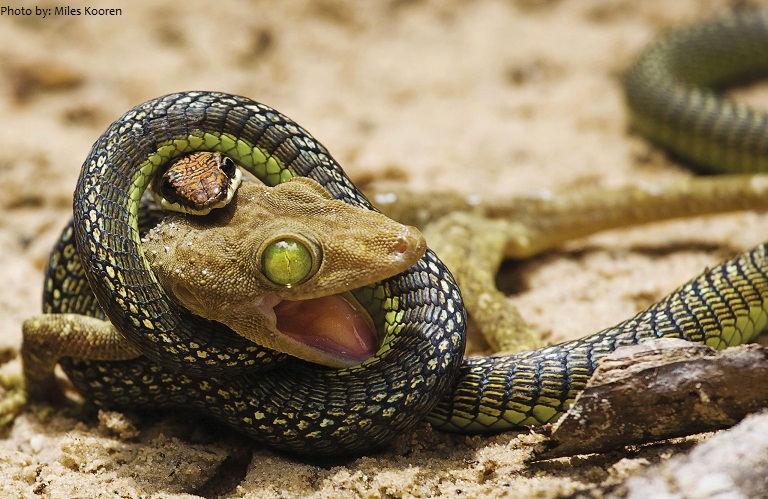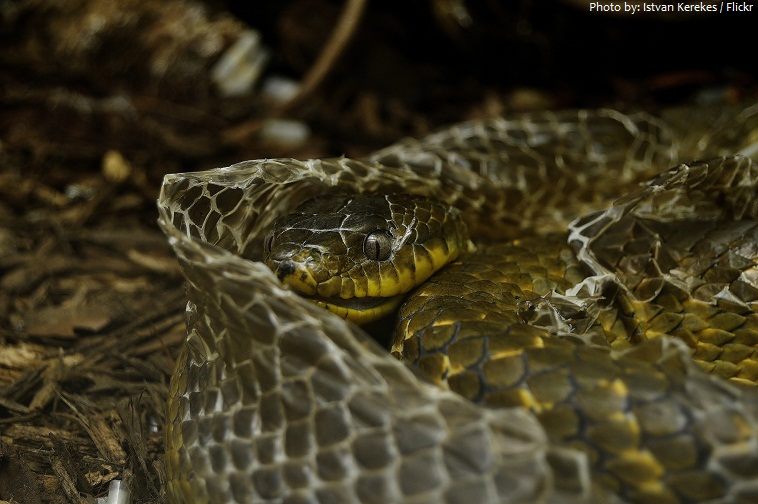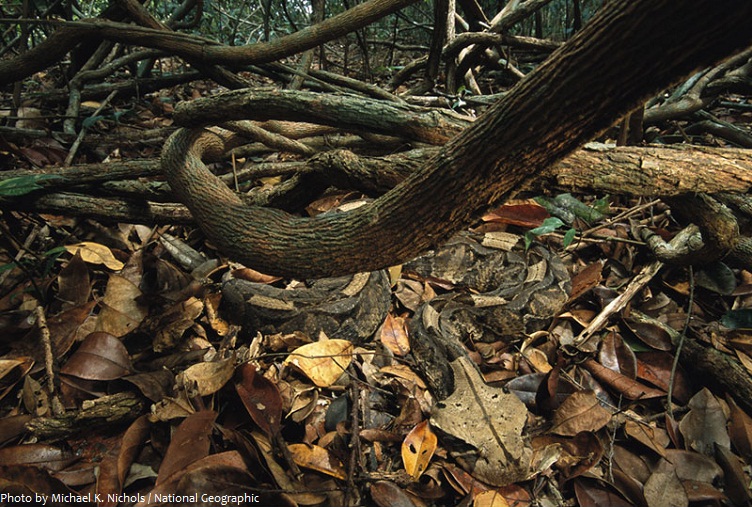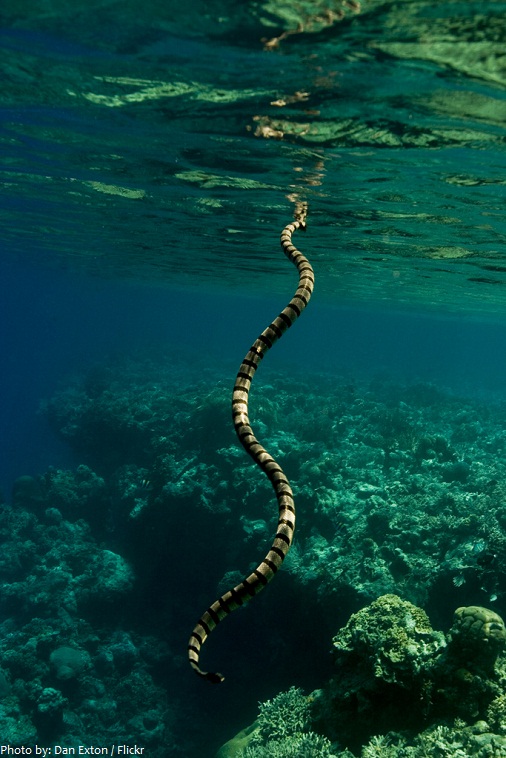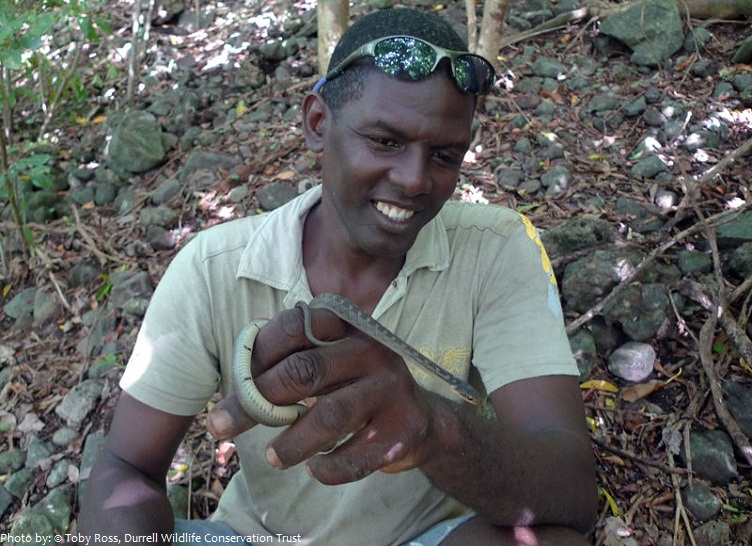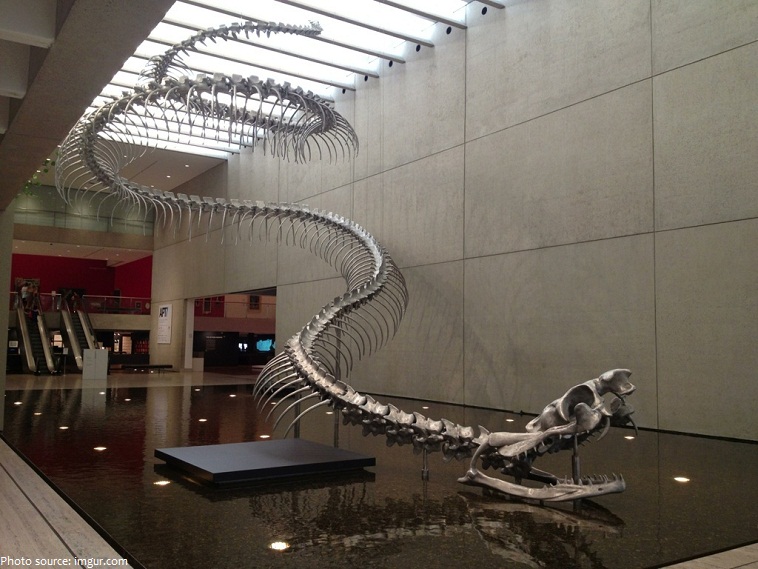Snakes belong to the animal class reptiles.
Their long, slender bodies and lack of legs, eyelids, or ear flaps distinguish snakes from all other reptiles.
There are more than 3,000 species of snakes in the world .
Snakes are found throughout the world except Antarctica, Iceland, Ireland, Greenland and New Zealand.
Most snakes are found in tropical regions.
Snakes can live in a lot of different habitats, from open oceans and vast deserts to mountain regions at altitudes of over 3,000 meters (10,000 feet).
The average lifespan of a snake is 10 to 25 years in the wild. Snakes in captivity can live longer. The lifespan of a snake depends on the species. Some species can live up to 40 years.
With so many different species, there are snakes of many different sizes.
The world’s smallest snake is the thread snake (Leptotyphlops bilineata), which grows to only about 10 centimeters (3.9 inches) long.
The world’s largest snake, the reticulated python (Python reticulatus), can grow to a whopping 10.5 meters (33 feet).
Snakes, like other reptiles, have a skin covered in scales. Snakes are entirely covered with scales or scutes of various shapes and sizes, known as snakeskin as a whole.
Snakes have two main methods of finding food: active hunting for food or sitting in ambush, waiting for food to come to them.
Snakes can strike with amazing speed. Some just snatch small prey and begin swallowing immediately, others grip and constrict around their prey, squeezing tighter each time the victim exhales. These constrictors feel the heart beat of the prey and constrict until it stops. Venomous snakes inject a toxic complex protein into their prey that kills or paralyzes it.
Snakes are carnivores. The smallest of all snakes, the Thread snake, eats the pupae, or eggs, of ants and centipedes. The largest snakes, the Pythons and Anacondas, have been known to eat, deer and pigs! Most snakes live off of insects, rodents, birds, eggs, fish, frogs, lizards, other snakes and small mammals.
Snakes can’t bite food so have to swallow it whole.
They have flexible jaws which allow them to eat prey bigger than their head!
Snakes can eat other animals 75 to 100 percent bigger than their own size.
Depending on the size of the meal, snakes may not have to eat again for several days, weeks, or months.
Snakes can’t see very well and seem to notice objects only if they move. Most of the time they sense their prey through vibrations (the bones in their lower jaw pick up vibrations) caused by movement. Snakes are sensitive to vibrations, particularly those made by land animals, but their most acute sense is smell.
A snake uses its tongue to help it smell. It flicks its long, forked tongue to pick up chemical molecules from the air, ground, or water. The tongue carries the smelly molecules back to two small openings in the roof of the snake’s mouth where they’re analyzed.
Snakes don’t have eyelids, so they can’t blink or close their eyes to sleep.
About 70 percent of the world’s snakes lay eggs. The rest give birth to live young. Oviparous or egg-laying snakes tend to live in warmer climates, which helps incubate their eggs. Viviparous or live-birthing snakes tend to live in cooler regions, where the ground is too cold for the eggs to develop on their own.
A snake continues to grow its entire life but its outer skin does not, so the snake needs to shed, or molt, its external skin from time to time. Every few months, most start rubbing against the ground or tree branches. Starting at the mouth, a snake slithers out of its too-tight skin. Like a sock, the skin comes off inside out. Voilà — the snake has a fresh, shiny look.
Snakes aren’t slimy. Their scales are smooth and dry.
Snakes do not like the cold. This is because they are cold blooded or ectothermic. This means that they don’t have the means to regulate their body temperature like warm blooded creatures.
They raise their body temperature by lying in the sun or lower it by crawling into the shade.
Snakes that live in places where it gets very cold in the winter may hibernate in deep, underground dens, remaining dormant until spring brings warm weather again. Snakes that live in desert habitats often spend the heat of the day in burrows dug by other animals.
Snakes are not generally aggressive, but they do have to protect themselves from predators. The most common means of defense is camouflage. Most snakes blend into their surroundings while some have evolved to look like another, deadlier snake.[there is a snake in the photo below]
Of the more than 600 species of venomous snakes found on Earth, only about 200 can do any real damage to humans, according to the World Health Organization.
Snakes kill 100,000 people every year, according to the World Health Organization.
There is constantly a debate on what snake is the most venomous. Some would say its the Inland Taipan, or possibly the beaked sea snake. But more accurate LD 50 testing proves that is the Belcher’s sea snake (faint banded sea snake), who’s venom is 100x’s more toxic than any other snake in the world.
Snakes are immune to their own venom of the venom of close relatives, but not to the venom of other species of snakes.
The fastest snake in the world is also one of the deadliest. The black mamba (Dendroaspis polylepis) can move at speeds of up to 20 kilometers (12.5 miles) per hour.
Some species can fly. Flying snakes flatten their ribs into a concave C shape to trap air under their bodies as they fall. By undulating back and forth in an S-shape, they can actually glide through the air.
The rarest and most endangered snake is the St. Lucia racer. It is believed that there are 18 to 100 of these snakes left in existence.
There’s an Island in Brazil where civilians are forbidden to go: it has up to 5 snakes per square meter (10 square feet).
Snakes used in snake charming performances respond to movement, not sound.
Snakes can be distinguished from legless lizards by their lack of eyelids and external ears.
Some snakes survive for up to two years without a meal.
The largest snake fossil ever discovered is called the Titanoboa. This creature lived 60 million years ago and would have been 15 meters (50 feet) long.
In Egyptian history, the snake occupies a primary role with the Nile cobra adorning the crown of the pharaoh in ancient times. It was worshipped as one of the gods and was also used for sinister purposes: murder of an adversary and ritual suicide (Cleopatra).
In Greek mythology snakes are often associated with deadly and dangerous antagonists, but this is not to say that snakes are symbolic of evil; in fact, snakes are a chthonic symbol, roughly translated as ‘earthbound’.
Snakes are a part of Hindu worship. Most images of Lord Shiva depict snake around his neck.
In Christianity and Judaism, the snake makes its infamous appearance in the first book of the Bible when a serpent appears before the first couple Adam and Eve and tempts them with the forbidden fruit from the Tree of Knowledge.
While not commonly thought of as food in most cultures, in some cultures, the consumption of snakes is acceptable, or even considered a delicacy, prized for its alleged pharmaceutical effect of warming the heart.
The cytotoxic effect of snake venom is being researched as a potential treatment for cancers.

